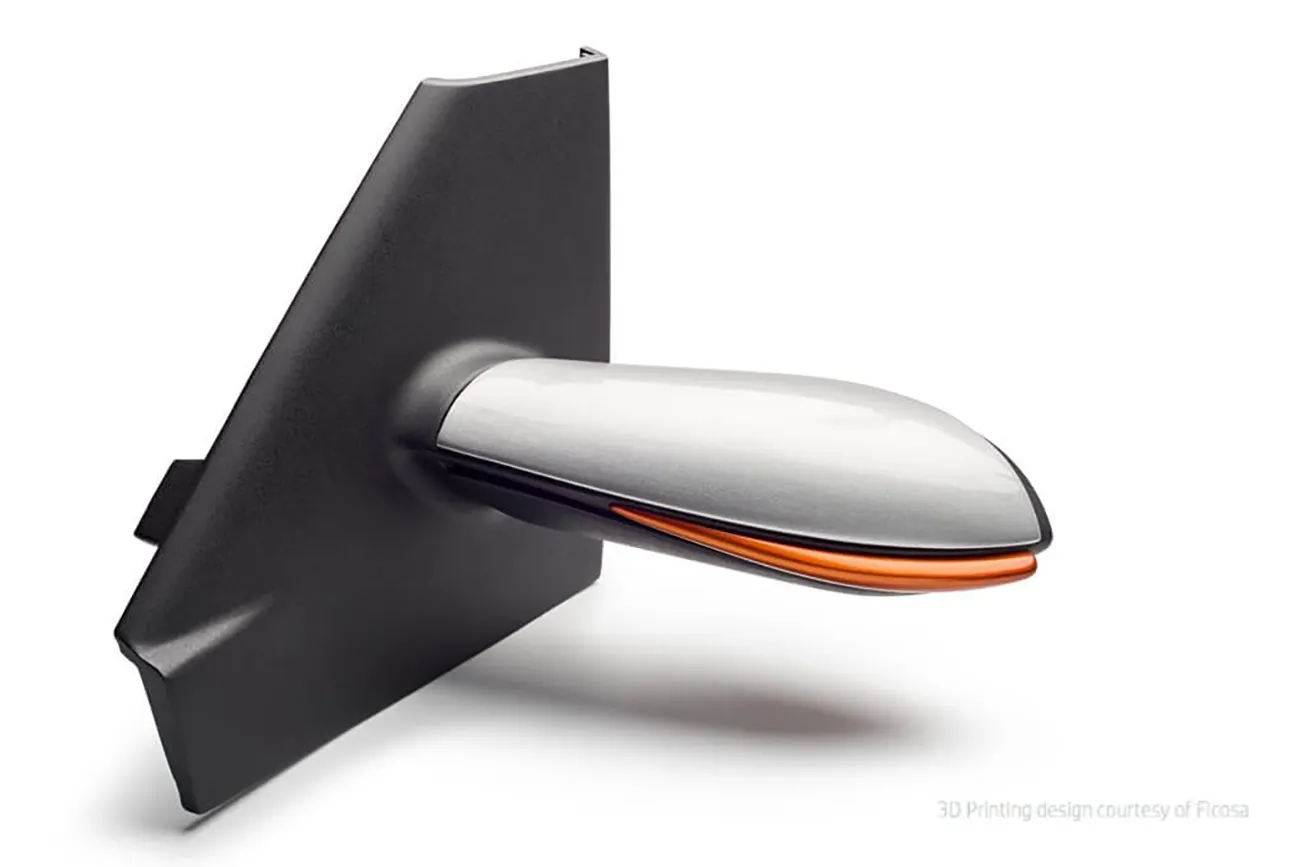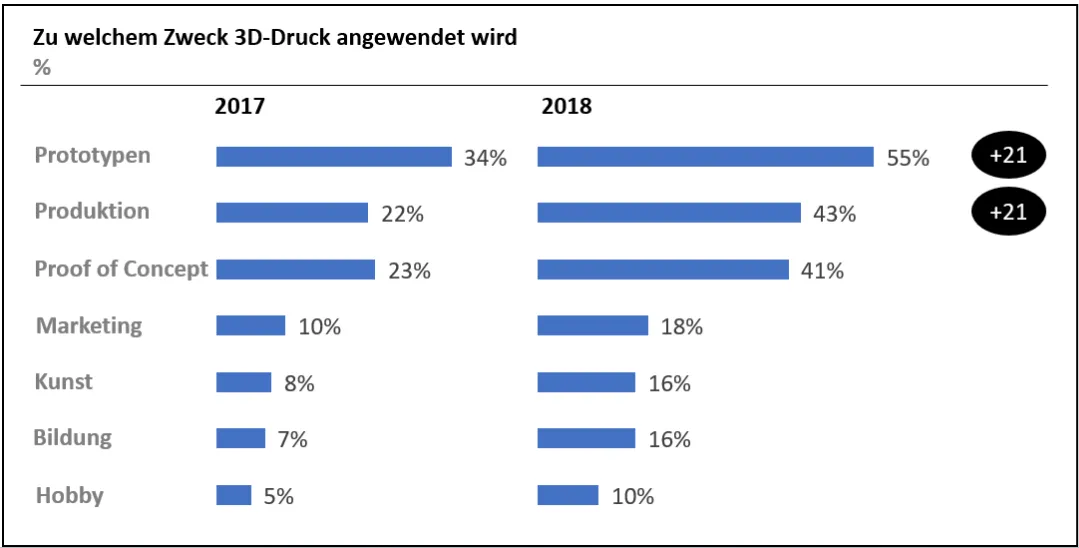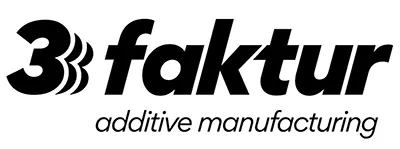
3D printing is playing an increasingly significant role in industrial manufacturing. In particular, plastics summarized under the term polyamides are driving this development forward. At the beginning of the 3D printing boom, the main application of 3D printing was in the production of prototypes, visual models, or spare parts. Now, it is mainly used for building tools, fixtures, functional components, and particularly for small-scale production. This trend is reflected in economic figures: while the global 3D printing market was around USD 4 billion in 2014, it is expected to reach almost USD 50 billion by 2025 according to calculations by Smithers Pira.
In this article, we want to explain the industrial applications of plastic 3D printing in more detail. We will cover the materials used and the advantages of plastic 3D printing compared to “traditional” manufacturing.

Figure 1: More and more companies are using 3D printing technology for prototyping and now also for production (each +21 percentage points compared to the previous year).
Why Choose 3D Printing?
The specific advantages of additive manufacturing include shortened production times, noticeable cost advantages for relatively low quantities, and especially the feasibility of complex geometries. More about the advantages of 3D printing can be found here. These advantages result in the following main application areas:
- Manufacturing of prototypes
- Production of small series
- Manufacturing of fixtures
Most Significant Industrial Applications of 3D Printing
Prototypes
Advantages over traditional methods:
- If a CAD file is available, printing can be done directly, without the need for tools or other programs.
- Very fast production realization (few working days).
- Iterations or object adjustments can be made quickly and without problems.
Suitable objects:
- In the field of prototypes, the application spectrum of 3D printing is very extensive. Almost all components of a machine/product can be printed (housing, mechanical components, structural components).
- Due to the wide selection of technologies, different materials can be used, covering a variety of material properties.
- Very large and very small objects can also be produced, sometimes requiring specialized solutions.
Available processes:
- Stereolithography: Produces smooth surfaces and sharp edges, generally a very accurate process.
- PolyJet: Most accurate 3D printing process, with a variety of materials possible, including the combination of materials, now also fully colored possible.
- Laser sintering / Multi Jet Fusion: Especially for mechanically stressed components.
- FDM: Moderate accuracy and surface quality; suitable for simple geometries.
Users:
- Companies with their own product development
- Industrial companies (mechanical engineering, automotive industry, medical technology, analysis technology & measuring instruments, almost all high-tech industries)
- Fields of product design and the creative industries
- Research institutes and departments
Small Series Production
Advantages over traditional methods:
- Very short lead times possible.
- Storage is hardly necessary anymore (even small quantities are economical).
- Cost-effective even for low quantities (depending on geometry between 500 and 2,000 pieces).
- High variability, changes to the objects can be made quickly and without problems.
Suitable objects:
- Typically, small to medium-sized plastic objects (up to approx. 25 cm).
- Objects made of plastic or metal with demanding geometry. Mostly for the purpose of weight reduction (especially aerospace but also automotive) or for complex mechanical applications (mechanical engineering, aerospace, automotive, general high technologies).
- The objects are mostly used in products/machines that are needed in “small” quantities (complex measuring instruments, production systems, medical technology devices, robotics, special vehicle construction, pre-series, special editions).
- In the automotive industry and medical technology, also used for pre-series products (e.g., for approvals).
- In the medical industry, particularly for highly individualized products (e.g., hearing aids, prosthetics, dental area).
Available processes:
- Laser sintering / Multi Jet Fusion: Enable high productivity and component quality.
- Laser melting: Mostly used to produce blanks made of metal, which are then post-processed with CNC methods.
Fixtures
Advantages over traditional methods
- Almost no restrictions in geometry.
- Very short lead times possible.
- High degree of individualization is possible.
Suitable objects:
- All fixtures in the broadest sense. But also aids used in production (belts, handles, protective packaging, and “classic” fixtures, inserts, templates).
Available processes
- Laser sintering / Multi Jet Fusion: Produce very stable objects.
- Laser melting: When metals are required as a material.
- FDM: For simple geometries; offers a wide variety of materials (including high-performance polymers like PEEK).
Users
- Mainly manufacturing industries, e.g., mechanical engineering, contract manufacturers, automotive industry, etc.
Conclusion
Prototyping is certainly still the most common use case for 3D printing. However, with new technologies, such as the high-performance Multi Jet Fusion (also known as High-Speed Sintering), small-scale production will become the most important branch in 3D printing in the near future.

About 3Faktur: 3Faktur specializes in 3D printing, rapid prototyping, and rapid manufacturing. We utilize HP’s Multi Jet Fusion technology and offer various materials for prototyping and series production. If you have any questions about your project, feel free to contact us.
